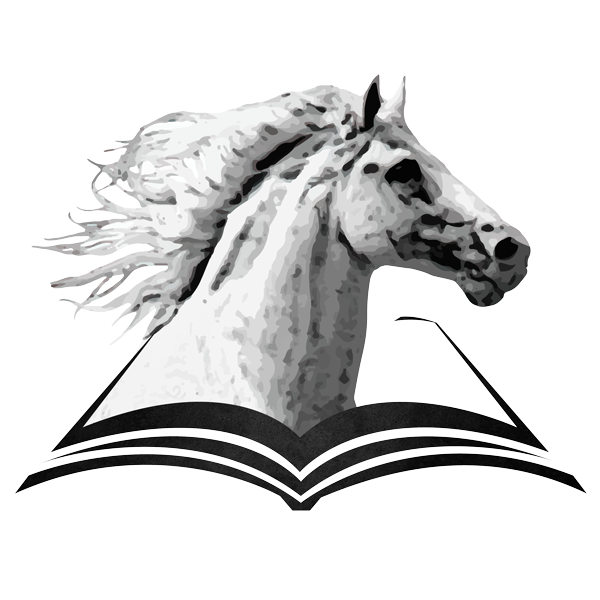By observing and evaluating the incisors, it is possible to estimate a horse’s age fairly accurate until the horse is 11 years old. After that, estimates become less exact because there are some factors that cause significant individual differences among horses, such as tooth hardness, the kind of food offered (grass in the pasture or hay in the stall), type of soil, and bad habits (such as cribbing or occlusal wood).
In order to use the incisor teeth to estimate age, it is important to know the difference between temporary and permanent ones. The temporary incisors are narrower, thinner, smaller, and whiter than permanent incisors. Additionally, the more wrinkled surface of the permanent incisors tends to accumulate different substances that make the teeth colored from beige to yellow, or darker. Furthermore, knowing the names given to the incisor teeth based on their position in the mouth is important.
The horse’s permanent teeth never stop growing but, also, their occlusal surface (or chewing surface) wear out at the same rate. As the incisors grow and wear out, some external changes can be observed on both the side and the occlusal surface, which allows estimating the horse’s age. The incisors of adult horses (five years and older) gradually look more inclined forward with age. In a young horse, the incisors grow almost straight up and down. As the horse matures, however, the grow more in an outward direction from both jaws, as shown in the following photos:



In this VIDEO there is an explanation on how to estimate a horse’s age based on the teeth. The following table is a summary of a horse’s teeth changes.

